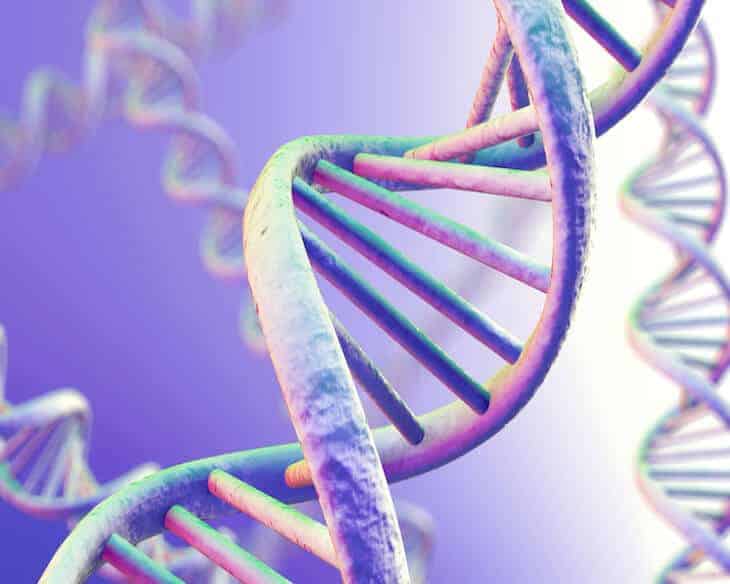A person carrying variants of two particular genes could be almost three times more likely to develop multiple sclerosis, according to the latest findings from scientists at Duke Health and The University of Texas Medical Branch at Galveston.
The finding, published online March 23 in the journal Cell, could open the way to the development of more accurate tests to identify those at greatest risk of MS, and possibly other autoimmune disorders, the researchers said.
A disease in which the body’s own immune system attacks nerve cells in the spinal cord and brain, MS is a major cause of neurological disease in younger adults between the ages of 20 and 50, and disproportionally affects women. While treatable, there is no cure for MS, which can lead to problems with vision, muscle control, balance, basic body functions, among other symptoms, and could lead to disability.
Available treatments have adverse side effects as they focus on slowing the progression of the disease through suppression of the immune system.
“Our study identifies an interaction with a known MS risk gene to unlock a new MS candidate gene, and in doing so, opens up a novel mechanism that is associated with the risk of multiple sclerosis and other autoimmune diseases,” said co-lead author Simon Gregory, Ph.D., director of Genomics and Epigenetics at the Duke Molecular Physiology Institute.
Gregory — along with colleagues at UTMB, the University of California, Berkeley, and Case Western Reserve University — found two particular DNA variants that appear to play a role in MS. One of these variants is in IL7R, a gene previously associated with MS, and the other in DDX39B, a gene not previously connected to the disease
When the two are present in a person’s genetic code, their interaction can lead to an over-production of a protein called sIL7R. That protein’s interactions with the body’s immune system plays an important, but not completely understood, role in MS.
The researchers said this new information could potentially be used to craft tests that could allow earlier and more accurate diagnoses of multiple sclerosis, or to improve therapeutic toolkits to fight MS and other autoimmune disorders.
“One could envision how this type of knowledge will someday lead to diagnose multiple sclerosis sooner and, now that we have promising therapies, a doctor could start the appropriate treatment more quickly. It is not out the realm of possibility to imagine a path for screening for other autoimmune diseases such as Type 1 Diabetes,” said co-lead author Mariano Garcia-Blanco, M.D., Ph.D., professor and chair of the Department of Biochemistry and Molecular Biology at UTMB.
In addition to Gregory and Garcia-Blanco, study authors include first author Gaddiel Galarza-Muñoz, a postdoctoral fellow at UTMB, along with Farren B.S. Briggs, Irina Evsyukova, Geraldine Schott-Lerner, Edward M. Kennedy, Tinashe Nyanhete, Liuyang Wang, Laura Bergamaschi, Steven G. Widen, Georgia D. Tomaras, Dennis C. Ko, Shelton S. Bradrick and Lisa F. Barcellos.
The research was supported by the National Institutes of Health, National MS Society Pilot Award, Duke University Whitehead Scholarship, Ruth and A. Morris Williams Faculty Research Prize funds from Duke University School of Medicine, start-up funds from UTMB and funds from Mr. Herman Stone and family for MS research.


